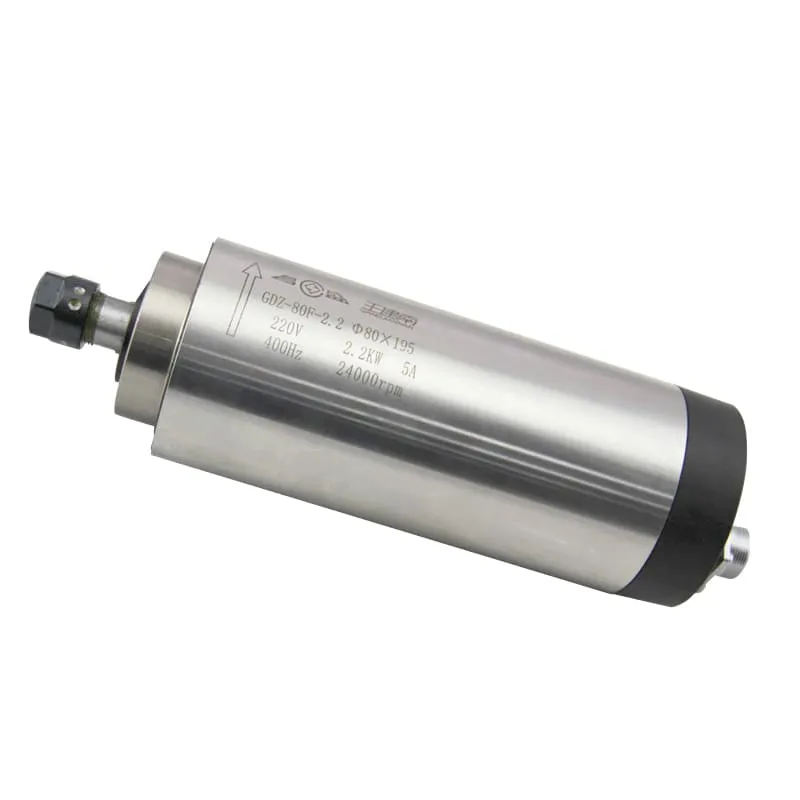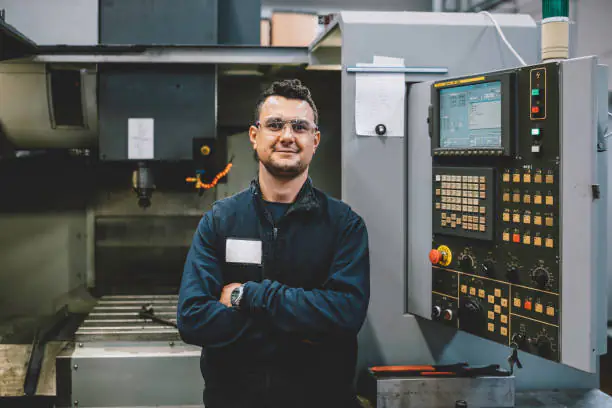Can You CNC Acrylic?
Yes, acrylic is an excellent material for CNC (Computer Numerical Control) machining. This versatile thermoplastic, also known as Plexiglass or PMMA (Polymethyl Methacrylate), is widely used in various applications and is well-suited to CNC processes. This comprehensive guide will explore the techniques, tools, and best practices for CNC machining acrylic.
Understanding Acrylic as a CNC Material
Acrylic is popular for CNC machining due to its:
- Ease of cutting and machining
- High-quality surface finish
- Variety of colors and transparencies
- Durability and weather resistance

A CNC router suitable for cutting acrylic
CNC Machining Acrylic: Techniques and Considerations
Cutting Acrylic with a CNC Router
CNC routers are commonly used for cutting acrylic. Key considerations include:
- Bit Selection: Use sharp, acrylic-specific or general-purpose end mills. Single-flute bits often work well for acrylic.
- Spindle Speed: Generally, high spindle speeds work best for acrylic. A 2.2KW ER20 Air-Cooled Spindle can provide the necessary speed and power.
- Feed Rate: Moderate to high feed rates can be used, but adjust based on your specific setup.
- Depth of Cut: Multiple shallow passes often yield better results than a single deep cut.
CNC Milling Acrylic
For more complex 3D shapes or precise acrylic parts, CNC milling can be used:
- Use climb milling for a better finish
- Ensure proper cooling to prevent melting
- Consider using a 3.5KW ER20 Air-Cooled Spindle for more demanding jobs
Best Practices for CNC Machining Acrylic
- Secure the Material: Use appropriate clamping methods to prevent movement during cutting.
- Cooling: Use compressed air or a mist system to cool the cutting area and remove chips.
- Chip Removal: Ensure efficient chip evacuation to prevent re-cutting of chips.
- Finishing: Polish cut edges for a clear, smooth finish.
Recommended Settings for CNC Cutting Acrylic
While optimal settings can vary based on your specific machine and acrylic type, here are some general guidelines:
| Parameter | Recommended Range |
|---|---|
| Spindle Speed | 16,000 – 24,000 RPM |
| Feed Rate | 50 – 200 inches per minute |
| Depth of Cut | 0.0625″ – 0.125″ per pass |
Tools for CNC Machining Acrylic
- End Mills: Single-flute or two-flute end mills work well for acrylic.
- Drill Bits: Use specialized plastic drill bits for clean holes.
- Engraving Bits: V-bits or ball nose bits for engraving or 3D carving.
Applications of CNC Machined Acrylic Parts
- Signage and displays
- Custom enclosures and cases
- Prototypes and models
- Artistic installations
- Furniture and decorative elements
Challenges in CNC Machining Acrylic
- Heat Generation: Acrylic can melt if overheated during machining.
- Chipping: Improper cutting can lead to chipped edges.
- Crazing: Stress in the material can cause small cracks.
- Surface Finish: Achieving a polished finish may require post-processing.
Tips for Successful Acrylic CNC Machining
- Start with Clean Material: Ensure your acrylic sheet is free from scratches or imperfections.
- Use Sharp Tools: Dull bits can cause melting and poor edge quality.
- Test Cut: Always perform a test cut on scrap material to dial in your settings.
- Consider Material Thickness: Adjust your cutting strategy based on the thickness of the acrylic.
- Proper Ventilation: Acrylic can produce fumes when cut, so ensure good ventilation.
Finishing CNC Cut Acrylic
- Sanding: Start with coarse grit and work up to fine grit for smooth edges.
- Flame Polishing: Use a torch to quickly melt the edge for a glass-like finish.
- Chemical Polishing: Apply acrylic polish for a clear, smooth edge.
- Buffing: Use a buffing wheel for a high-gloss finish.
FAQ
1. What’s the best CNC bit for cutting acrylic?
Single-flute end mills or specialized acrylic cutting bits often work best. The specific choice depends on the thickness of the acrylic and the desired finish.
2. Can you laser cut acrylic instead of using a CNC router?
Yes, laser cutting is another popular method for cutting acrylic. It can provide very clean cuts but may have limitations on thickness.
3. How do I prevent melting when CNC cutting acrylic?
Use proper cooling (compressed air or mist), maintain sharp tools, and use appropriate speeds and feeds. Multiple shallow passes can also help.
4. What’s the best feed rate for cutting acrylic on a CNC router?
Feed rates can vary, but a range of 50-200 inches per minute is common. Start slower and increase as you determine the optimal rate for your setup.
5. Can I use a CNC router to cut thick acrylic?
Yes, CNC routers can cut thick acrylic, but you may need to adjust your cutting strategy, potentially using multiple passes or a more powerful spindle like the 4.5KW ER32 Air-Cooled Spindle.
6. How do I achieve a polished edge on CNC-cut acrylic?
After cutting, you can use progressively finer sandpaper, followed by acrylic polish or flame polishing for a glass-like finish.
Conclusion
CNC machining acrylic opens up a world of possibilities for creating custom parts, displays, and artistic pieces. With its versatility and attractive appearance, acrylic is an excellent material for CNC projects. By understanding the proper techniques, using the right tools, and following best practices, you can achieve excellent results when CNC machining acrylic.
Whether you’re using a CNC router to cut simple shapes or a more advanced CNC mill to create complex 3D acrylic parts, the key is to balance speed, feed rate, and cooling to achieve clean cuts without melting or chipping the material. As with any CNC operation, practice and experimentation will help you fine-tune your approach for optimal results.
Remember that while acrylic is generally easy to work with, it does require some specific considerations to machine effectively. By taking the time to understand these nuances and investing in quality tools and machinery, you can produce high-quality acrylic parts that meet or exceed your project requirements.
As CNC technology continues to advance, we can expect even more precise and efficient methods for machining acrylic, opening up new possibilities for designers, manufacturers, and hobbyists alike. Whether you’re just starting with CNC machining or looking to expand your material repertoire, acrylic is an excellent choice that offers both challenges and rewards.

